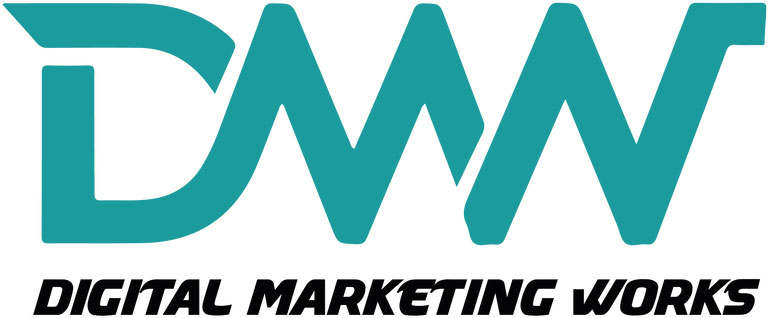
In today’s digital-first world, Search Engine Optimization (SEO) is essential for driving organic traffic, increasing visibility, and enhancing the credibility of your brand online. SEO is not a one-size-fits-all strategy—it comprises On-Page SEO, Off-Page SEO, and Technical SEO, each playing a critical role in improving search rankings.
Let’s break down each component for a better understanding.
🧩 a. On-Page SEO
On-Page SEO refers to the optimization strategies you implement on your website pages to improve their search visibility.
🔑 Key Elements of On-Page SEO:
Keyword Optimization
Target the right keywords based on user intent.
Use them naturally in titles, headers, body text, and image alt texts.
Title Tags & Meta Descriptions
Create compelling and keyword-rich titles (under 60 characters).
Write clear meta descriptions that entice clicks (under 160 characters).
Header Tags (H1, H2, H3…)
Use proper heading hierarchy to structure your content.
Content Quality
Ensure content is original, informative, and solves user problems.
Use multimedia like images and videos for engagement.
Internal Linking
Link to other pages on your site to guide users and pass SEO value.
Image Optimization
Compress images for faster loading.
Use relevant file names and alt text for accessibility and SEO.
Mobile Friendliness
Ensure your website is responsive and works on all devices.
🌐 b. Off-Page SEO
Off-Page SEO refers to activities done outside your website that impact your rankings in search engines.
🔗 Key Off-Page SEO Techniques:
Backlink Building
Acquire high-quality backlinks from relevant and authoritative websites.
Focus on white-hat link-building strategies like guest posting, outreach, and content promotion.
Social Signals
Encourage social shares to increase reach and traffic, indirectly supporting SEO.
Brand Mentions
Get your brand mentioned across blogs, forums, and directories—even without a link.
Google My Business (GMB)
Optimize your GMB listing for local SEO: use accurate NAP (Name, Address, Phone Number), reviews, and categories.
Influencer Marketing
Collaborate with influencers in your niche for broader exposure.
🛠️ c. Technical SEO
Technical SEO ensures that search engines can crawl, index, and render your website efficiently. It’s the foundation of a strong SEO strategy.
⚙️ Key Technical SEO Factors:
Website Speed Optimization
Use caching, image compression, and clean code to reduce load times.
Crawlability & Indexing
Create and submit a sitemap.xml and robots.txt file.
Use Google Search Console to monitor and fix crawl issues.
HTTPS Security
Secure your site with an SSL certificate (HTTPS). It’s also a ranking factor.
Mobile Optimization
Use responsive design and avoid intrusive interstitials.
Structured Data / Schema Markup
Help search engines understand your content better and enhance search listings with rich snippets.
Fix Broken Links & Redirects
Identify and correct 404 errors.
Use proper 301 redirects for moved or deleted pages.
Canonical Tags
Avoid duplicate content issues by indicating the preferred URL version.
✅ Conclusion
A successful SEO strategy balances On-Page, Off-Page, and Technical SEO. Ignoring any one of these can weaken your online visibility and impact your ability to rank.
Whether you’re just starting out or refining your SEO efforts, remember:
“Great SEO is a long-term investment, not a one-time trick.”
